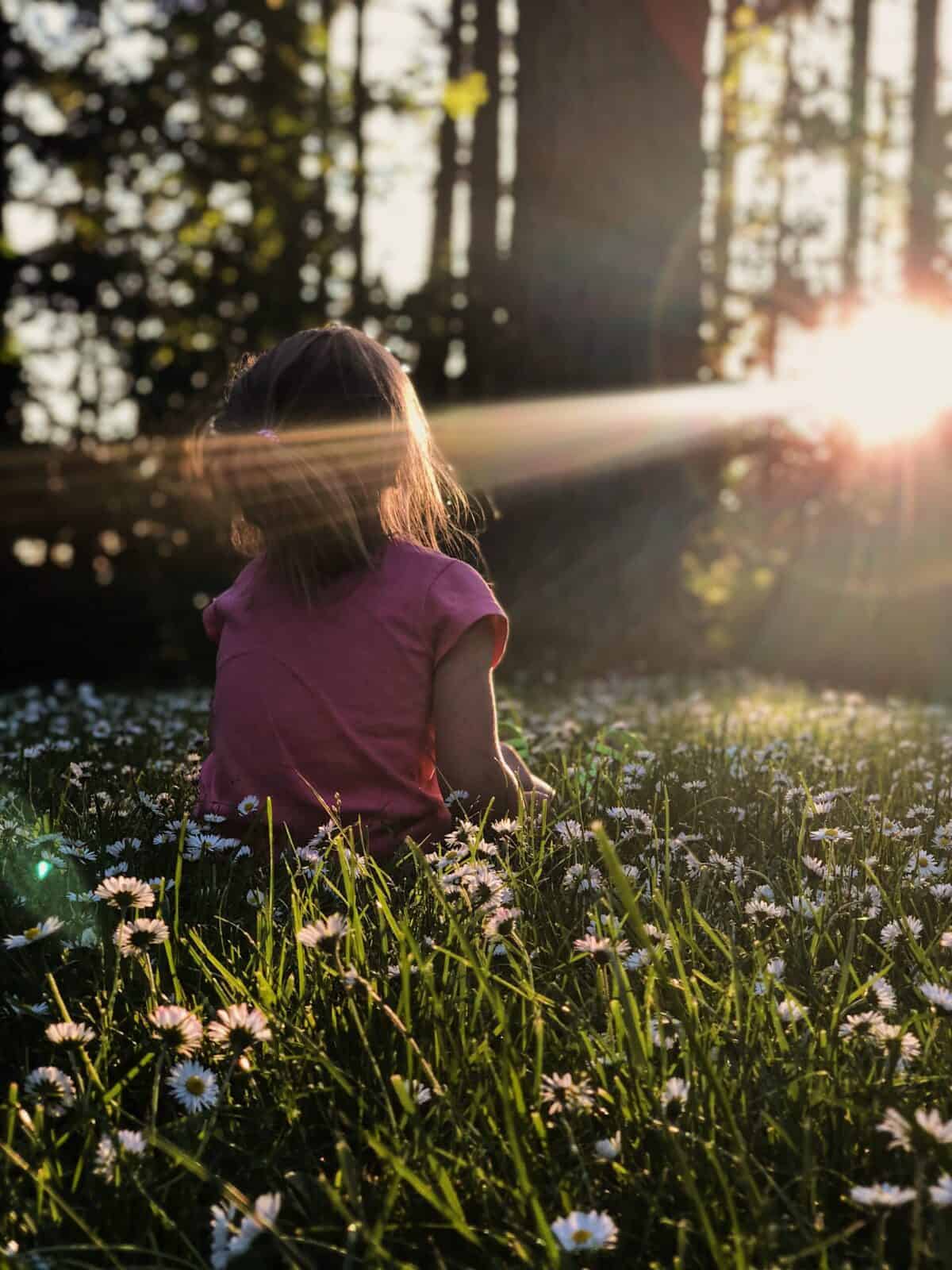
Thank you to Murry Burgess (North Carolina State University), Rachel Szczytko (Pisces Foundation), and Kathryn Stevenson (North Carolina State University), for providing this post.
Do children in your life spend time outside? What do they do? Maybe they go on family hunting trips, play organized sports, or spend time alone in the backyard. New research shows that childhood experiences like these are essential for forming and maintaining a connection to nature, which is linked to being healthy and caring for the environment as an adult. But some experiences are more supportive of these goals than others.
Connection to Nature (CTN) can be defined as 1) having positive emotions towards nature and 2) feeling safe and comfortable, both physically and mentally, while in nature. In a study of 1,285 kids ages 9 through 12 in North Carolina schools, Rachel Szczytko, first author of the study How combinations of recreational activities predict connection to nature among youth, found that solitary time in nature supported by social activities was the highest predictor of CTN.
Through an online survey, Szczytko asked children what experiences they had outdoors and what their feelings were about nature. Experiences included spending time in nature alone, with a group, or with family, as well as specific activities like hiking, camping, hunting, fishing, and sports. Szczytko then used these responses to analyze which activities were most likely to predict CTN.
Spending time alone in nature was found to be the greatest predictor of CTN. This indicates a need for children to freely play outside. This does not mean that kids have to be completely unsupervised to develop a strong CTN; they just need time to explore on their own with little interruption. In fact, some structured, and likely supervised, activities like fishing and hunting were also predictive of high CTN. Even while supervised, these activities can provide space for quiet contemplation and individual expression.
However, solitary activity by itself is not the only factor at play. Time spent socializing with others while outside was found to be a secondary predictor of high CTN. Group interactions include playing with friends, camping, and playing sports. Relationships with a social group foster long-term affinity for engaging in the group behaviour. For example, a youth group of birders going out a few times a month are more likely to grow into adult birders. Therefore, solitary time in nature reinforced by outdoor social activity is the winning combination for instilling a strong CTN in children.
While all types of outside play may not be created equally, this study suggests that CTN among race and gender are. In this study the authors found that there were no differences in CTN between boys and girls or between white and non-white students. Despite these positive indications, environmental inequities still exist. Several studies have shown that people of colour are underrepresented in spaces typically linked to CTN, like outdoor recreation and conservation careers. Typically, racial minorities do not have as much contact with green spaces, especially unstructured solitary time due to perceived danger, cultural differences, and/or systemic barriers. Additionally, for people living in cities —especially in communities with lower incomes – the lack of green space creates another obstacle for outdoor engagement. These are important barriers to address, and while this study suggests that girls and students of colour are just as likely as boys and students identifying as white to be connected to nature as a group, the authors emphasize the importance of focusing on access to outdoor spaces to build CTN in all children.
So, what if there are no fields or forests nearby? Not to worry! CTN can be built with even small bits of “greenness.” A small neighborhood park or even indoor plants will spark nature connectivity. In addition, Szczytko recommends that environmental education programs — which are often deemed as a safer way for racially diverse groups to be exposed to nature — implement more solitary activities. With these options, nature can be experienced anywhere, providing all children the opportunity to develop CTN.
Spending more time in nature makes nature feel like home, and we all want to love and protect our homes. Allowing the right combination of social and solitary outdoor play in children is crucial in raising the next generation of environmentally responsible adults.
Read the full article here.
—
Murry Burgess is a Master’s student in the Department of Fisheries, Wildlife, and Conservation Biology at North Carolina State University.
Rachel Szczytko is the Environmental Education Program Associate at the Pisces Foundation in San Francisco.
Kathryn Stevenson is an Assistant Professor in the Department of Parks, Recreation and Tourism Management at North Carolina State University.

